Andrew Jones • Apr 22, 2019
Chang’e-4 Updates: Yutu-2 Roves into Overtime, Returns More Images
China’s Chang’e-4 lander and Yutu-2 rover are continuing to function well and have completed their fourth lunar day since landing on the far side of the Moon on 3 January 2019 this year.
Though no real science results have emerged yet, scientists involved stated in correspondence (paywall) to Nature Geoscience that the landing site shows "potential evidence of excavated deep mafic material, which could reveal the mineralogy of the lunar mantle."
Chang'e-4 and Yutu-2, China's mission to the Moon's farside
China's Chang'e-4 mission delivered a landing platform and a rover named Yutu-2 to the Moon's farside.
A steady drip of images have been released in past weeks by the China Lunar Exploration Project and China National Space Administration showing the lunar surface and the activity of the rover. The compressed images come from Yutu-2’s panoramic camera and show features near the ‘Statio Tianhe’ landing site as the rover makes its way west.
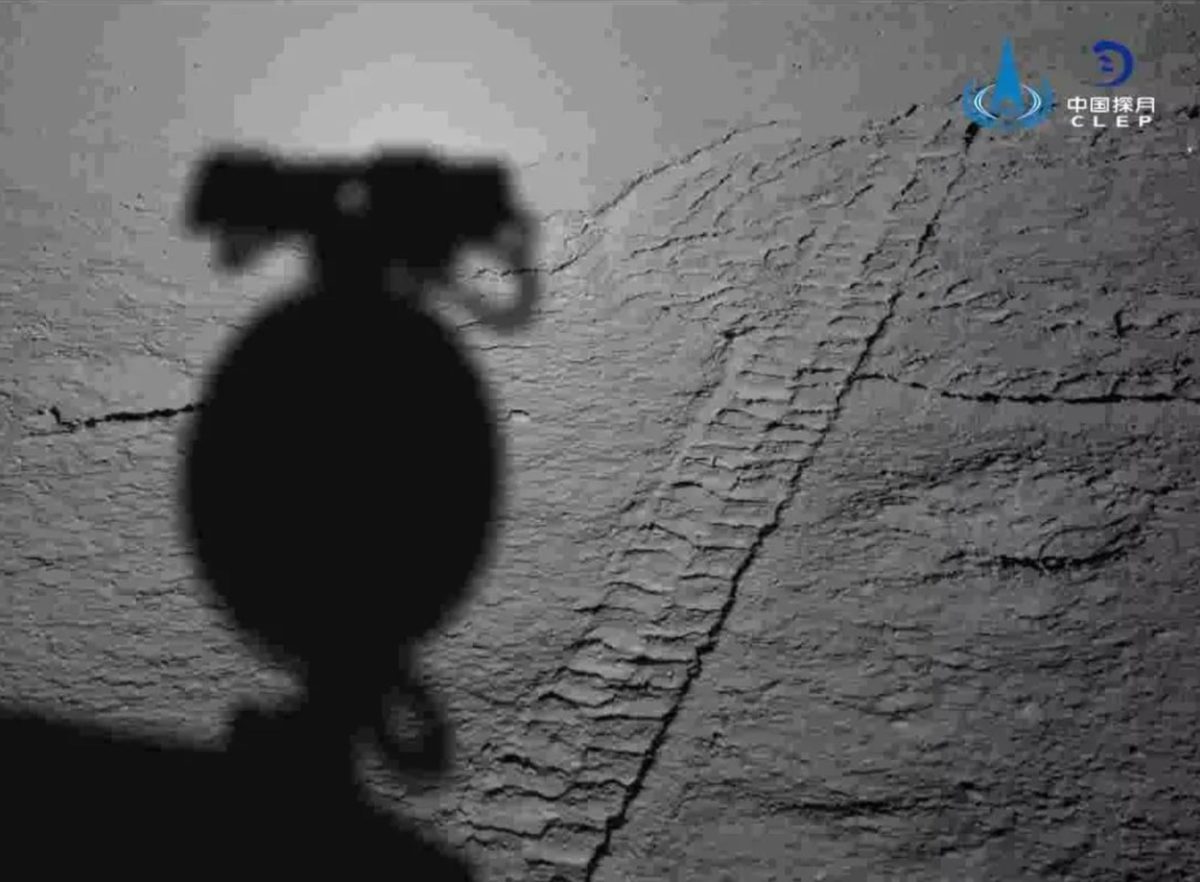
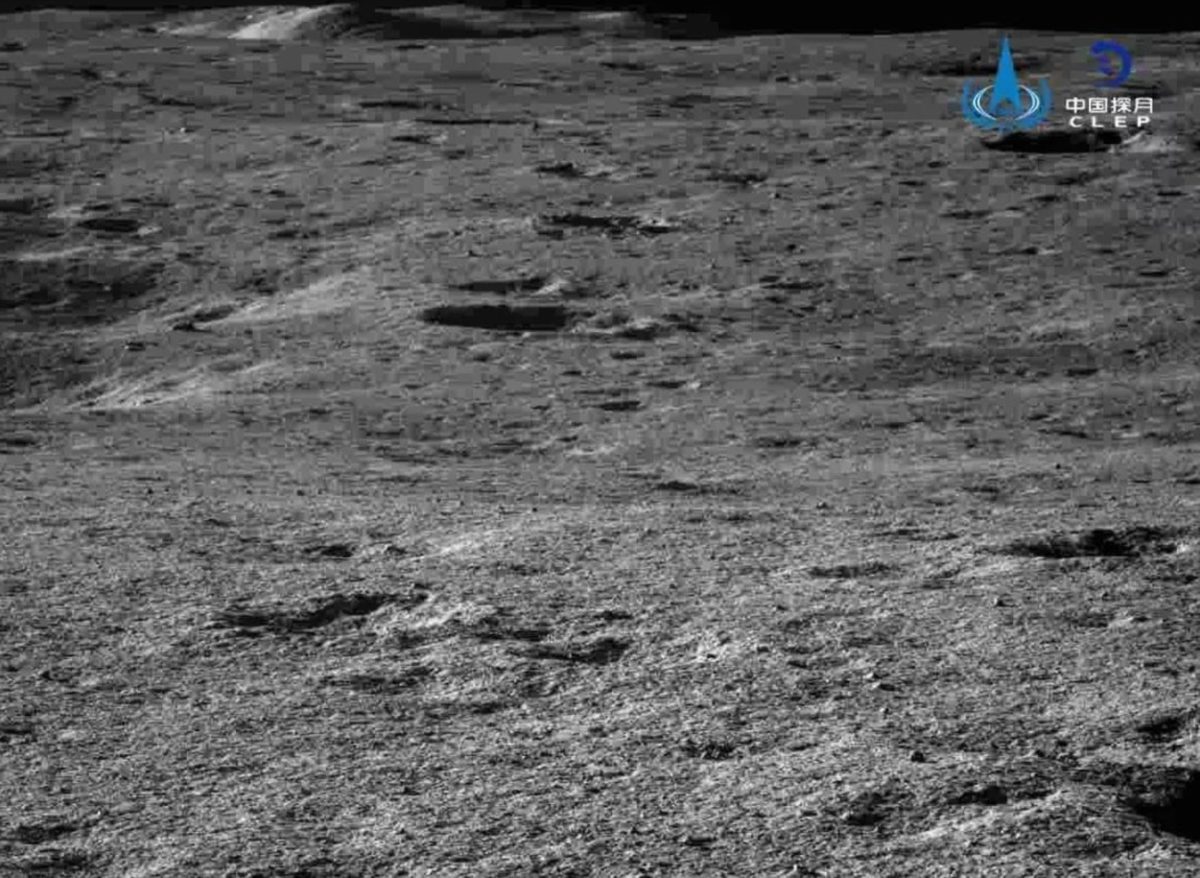
Entering lunar day 4 that means the 140-kilogram Yutu-2 rover has exceeded its design lifetime of 3 Earth months and is carrying out extended science and exploration tasks in Von Kármán crater. The rover has covered 178.9 meters since deployment from the Chang’e-4 lander, with a certain amount of relief in China felt after passing the 114 meters traversed by predecessor Yutu. The Chang’e-3 mission rover suffered a short circuit during its second lunar day in early 2014, rendering it immobile.
After waking up for day 4 on 29 March, Yutu-2 added 8 meters to its 163-meter driving total before taking its usual to noon ‘nap’ between 1 and 8 April as a precaution against the heat from the overhead Sun. After its nap, the rover drove another 8 meters.
There was no initial indication as to why Yutu-2 had covered relatively little ground in day 4, but Chang'e-4 chief designer Sun Zezhou told an audience at Nanjing University of Aeronautics and Astronautics on 11 April that the rover had been carefully navigating the area in order to approach and analyze specimens with its visible and infrared spectrometer (VNIS), similar to activities it performed during day 3.
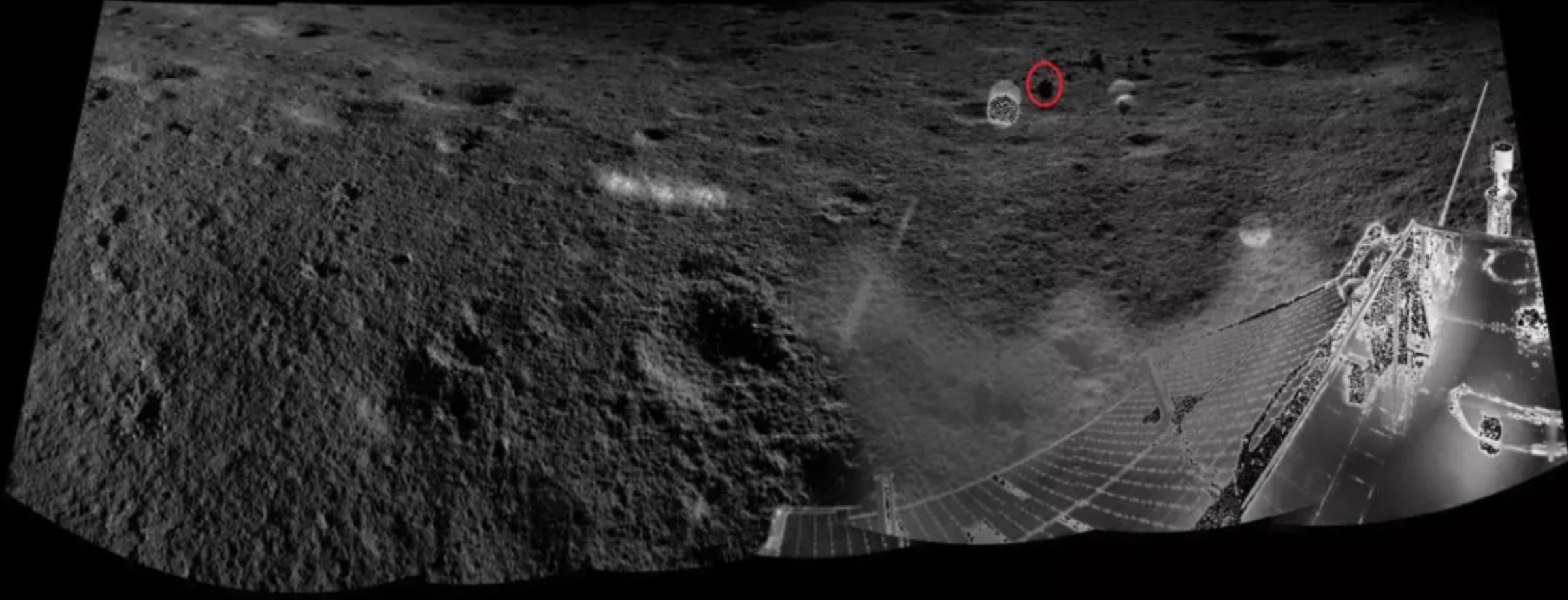
A map issued by Beijing Aerospace Flight Control Center (BACC) in late March shows the rover’s journey to the end of lunar day 3 and shows some of the lunar terrain which needs to be navigated and, in green, planning points during the roving.
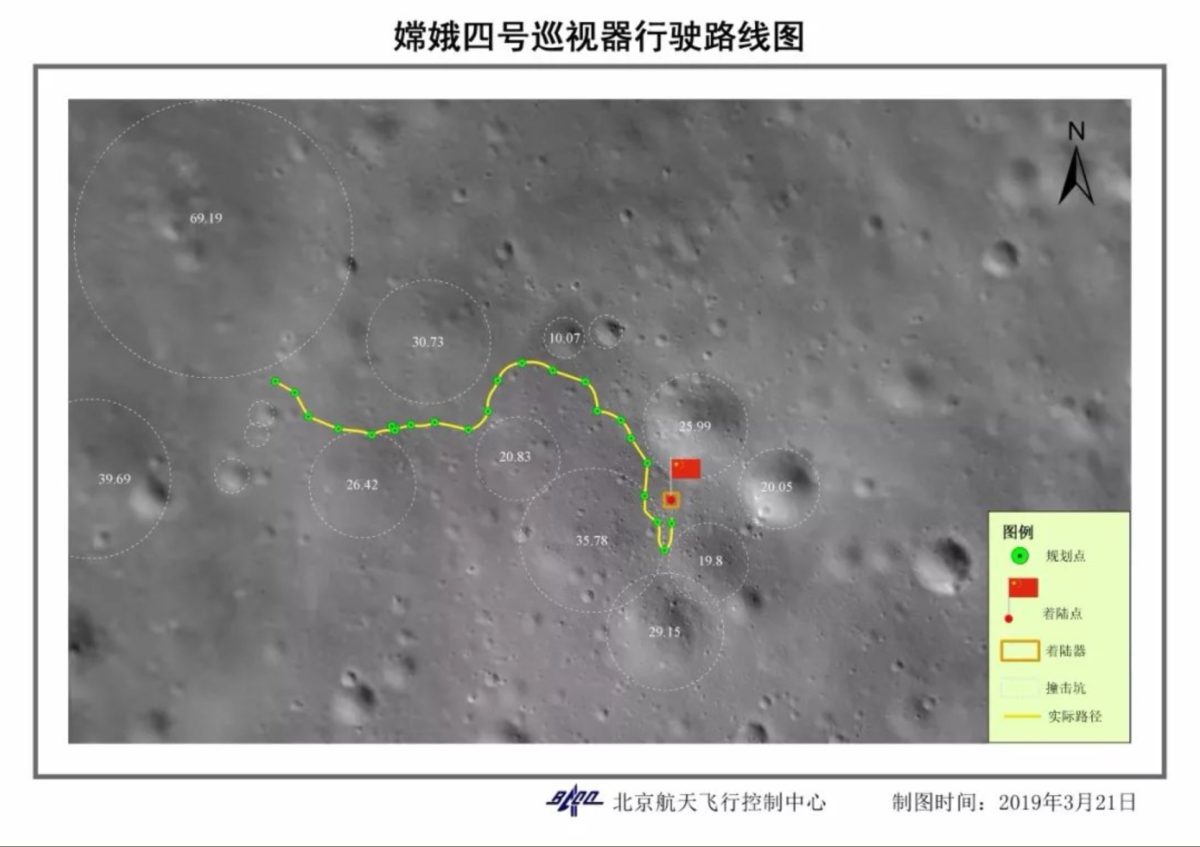
Martin Weiser, PI of the Advanced Small Analyzer for Neutrals (ASAN), says the instrument is healthy, working nominally and doing an excellent job. Weiser says some environment modeling will be required to put the data into context, but he expects to have publishable results in the next month or so.
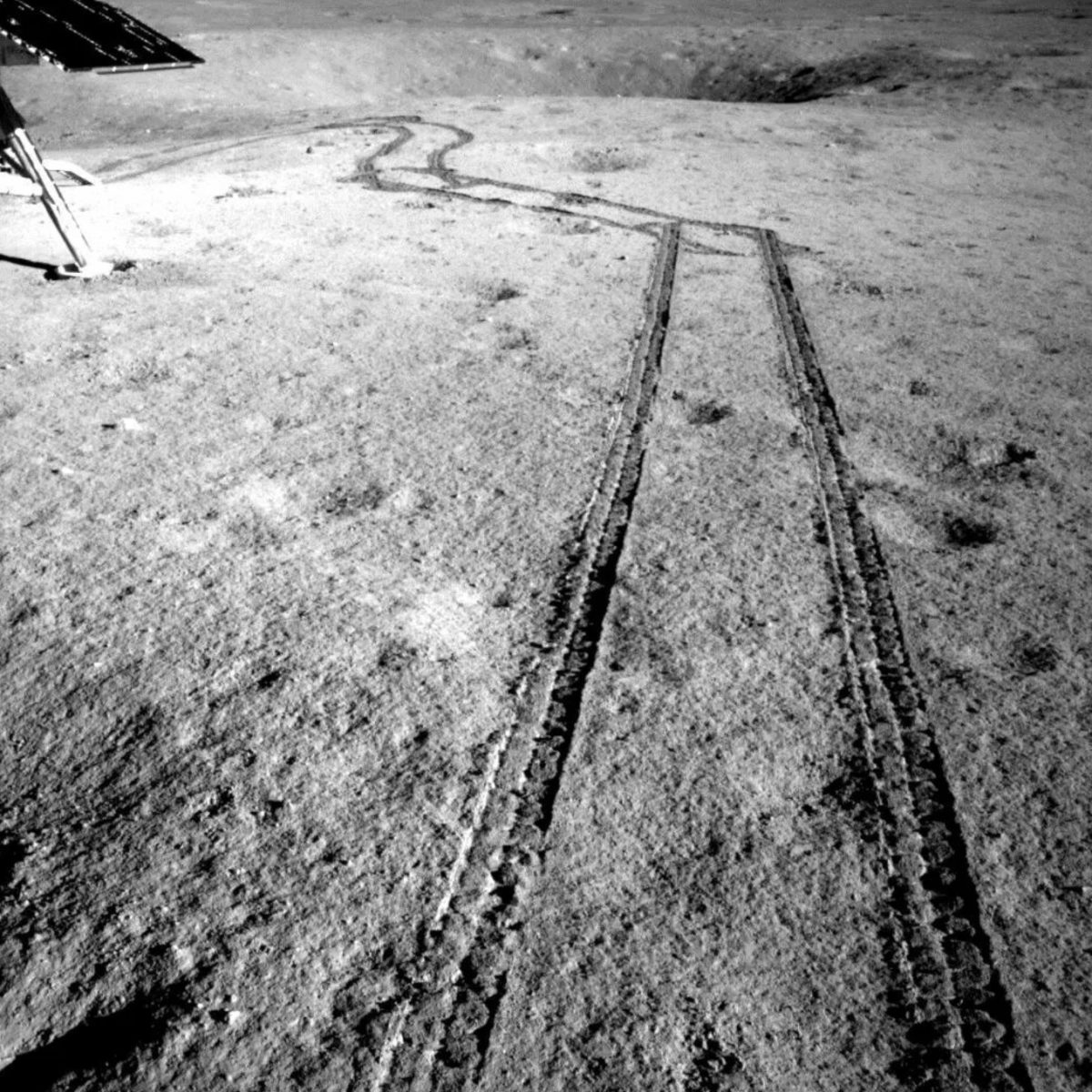
The lander, as usual, began its lunar day 4 activities nearly 24 hours later than the rover. No updates have been provided regarding its activities and payloads, other than terse statements saying the spacecraft and its payloads are functioning normally, as are communications with Earth via the Queqiao relay satellite in its halo orbit at Earth-Moon Lagrange point 2.
Also keeping track of activity in Von Kármán crater is NASA’s Lunar Reconnaissance Orbiter, with a set images released March 20 showing the before and after landing on separate orbits 1 and 28 February.. A new LRO pass took place in late March.
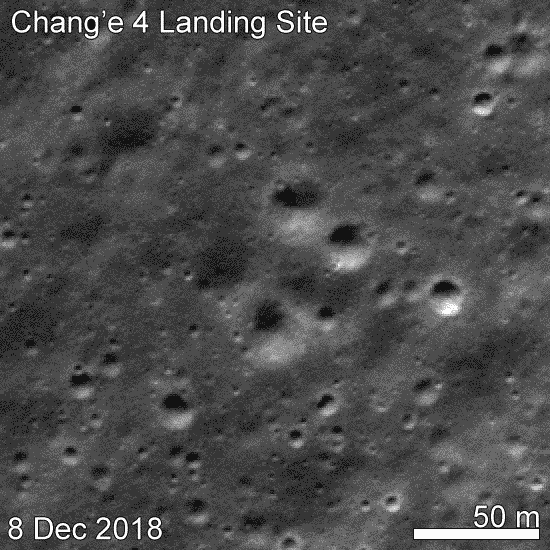
Chang'e-4 lander powered down at 16:00 UTC Thursday 11 April ahead of a 4th lunar night in Von Kármán crater. Yutu-2 followed at 16:38 UTC. Both craft are expected to awaken on April 28 UTC.
Thursday saw a ceremony in Beijing for the handover of the first science data to representatives for the mission payloads from Sweden, Germany and the Netherlands.
The southern Chinese city of Zhuhai will host a Lunar and Deep Space Exploration conference in July, where it is hoped some of the first results from Chang’e-4 science payloads will be released.
Other Chang’e-4 announcements could come on or around China’s fourth annual ‘space day’, which is marked on 24 April to commemorate the country’s first orbital launch on that date in 1970.
On Wednesday a poster for the upcoming occasion was unveiled, which features the mythological Chinese goddess of the Moon, Chang’e, for which China’s robotic lunar missions are named. Also visible among the mix of symbolism from Chinese history and culture are some recent space-related achievements and a bridge of magpies, or ‘Queqiao’, the name given to the Chang’e-4 relay satellite.

The Time is Now.
As a Planetary Defender, you’re part of our mission to decrease the risk of Earth being hit by an asteroid or comet.
Donate Today

 Explore Worlds
Explore Worlds Find Life
Find Life Defend Earth
Defend Earth



